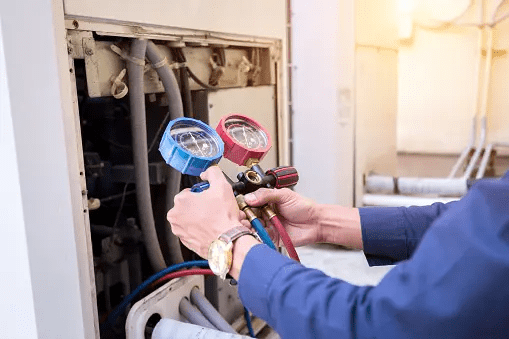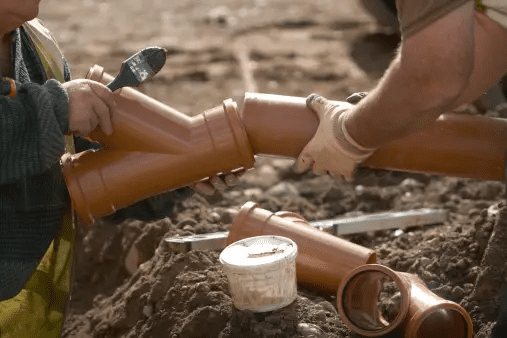
One of the most evident results of high-temperature operation is the decrease in fluid viscosity. As gas evaporates and lighter fractions of the fluid vaporise, the mobility of the fluid molecules increases, which causes viscosity to fall fast with temperature. It is therefore important to know the initial viscosity and viscosity index (VI) of the fluid. The viscosity is essentially how “thick” the fluid is at a specific temperature. An indicator of how viscosity varies with temperature is the viscosity index.
An ideal lubricant is characterized by a high VI and more constant viscosity across a broad temperature range. Depending upon the operating temperature the ideal pipe lubricant can be used to provide an appropriate lubrication film at that temperature.
Additives can be applied to increase the VI and resistance to oxidation. Mineral or synthetic oils can also be used for the same.
The next factor you need to focus on is the base oil properties. Some soaps melt at relatively low temperatures, rendering the product unusable, while others are more thermally stable, some are incompatible with specific materials, and more resistant to water washout.
To ensure the smooth operation of your system all these factors need to be considered and followed strictly.
Obaid Masood has been operating in this industry since 1992, throughout the years we have acquired excessive knowledge regarding the inner functioning of mechanical systems and we are always present to assist you with our proficiency.
